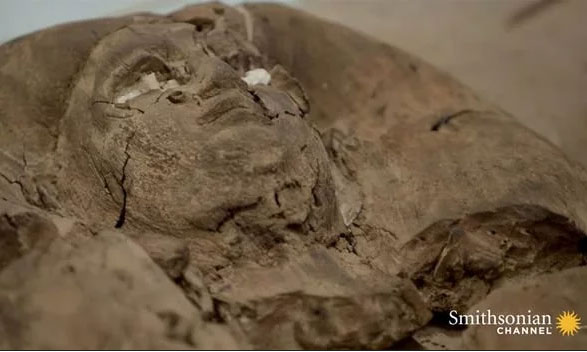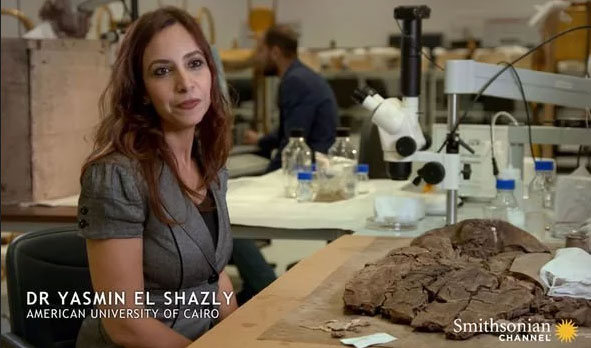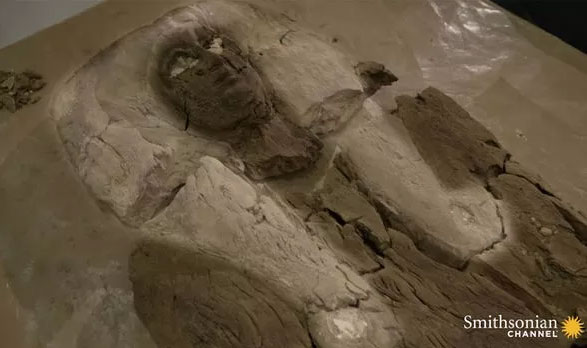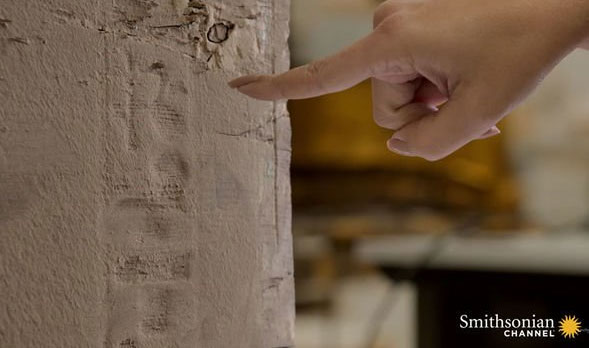Ancient Egypt was an ancient civilization located in Northeast Africa, and concentrated along the lower reaches of the Nile River .
The entire fertile Nile Delta is considered the cradle of ancient Egyptian civilization. This civilization once lasted thousands of years. In this civilization, the most famous and most successful was probably the period when the great pharaohs ruled ancient Egypt, such as pharaohs Djoser, Khufu, Akhenaten, Tutankhamun, Ramses II.
In fact, in the late 19th century, many tombs of great pharaohs scattered throughout the Valley of the Kings were discovered and excavated or looted by tomb robbers. However, to this day, there are still intact tombs found and excavated.
The proof is that in 2020, archaeological experts made a new discovery at Dahshur. This is a royal cemetery located in the desert on the West Bank of the Nile River, about 40km from Cairo city.
Specifically, experts found many artifacts and cultural relics inside a coffin believed to belong to a king. Because this coffin is placed inside a pyramid. According to ancient Egyptian customs, only kings, also known as pharaohs, of ancient Egypt were buried in pyramids.
 The outside of the coffin was found inside the mausoleum. (Photo: Smithsonian).
The outside of the coffin was found inside the mausoleum. (Photo: Smithsonian).
Dr. Yasmin El Shazly, an Egyptologist and head of a team of archaeologists, coordinated with colleagues to piece together the pieces of wood discovered in the burial chamber. . Finally, they created a coffin lid with an intricately carved face.
 Dr. Yasmin El Shazly is the head of the research team that discovered the pyramid containing the mummy of a mysterious woman. (Photo: Smithsonian).
Dr. Yasmin El Shazly is the head of the research team that discovered the pyramid containing the mummy of a mysterious woman. (Photo: Smithsonian).
Dr. Yasmin El Shazly said: ” Coffins often have the same depicted features as their owner. However, they are idealized, because that is what will last forever. ”
Initially, researchers immediately began work with the belief that the owner of the coffin in the pyramid was a king. However, when conducting restoration combined with research, the above assumption was quickly discovered to be false.
” The restoration revealed something surprising. This is not a king. It’s actually a mysterious woman ,” Ms. Shazly added.
 Women in ancient Egypt often wore Hathor wigs. (Photo: Smithsonian).
Women in ancient Egypt often wore Hathor wigs. (Photo: Smithsonian).
The expert explained that the lid of the coffin showed a person wearing a Hathor wig . This was a popular accessory for women during the Middle Kingdom.
Hathor is an ancient Egyptian goddess. With many different roles, from life to death, Hathor is considered a very important god in ancient Egyptian religion. This goddess is described as always appearing with a Sun disc and cow horns on her head. Hathor is the goddess of love, beauty, women, the sky, joy, art, miners and 𝑠e𝑥.
Who is the mysterious woman found in the tomb for the Egyptian king?
 Archaeologists found a chest with many hieroglyphs in the tomb. (Photo: Smithsonian).
Archaeologists found a chest with many hieroglyphs in the tomb. (Photo: Smithsonian).
The mummy of this mysterious woman was found next to a chest with many hieroglyphs. Therefore, researchers hope it will help them decode and find the woman’s identity.
But the place where this woman’s name was written was seriously damaged. This is truly unfortunate.
Egyptologists deciphered the remaining hieroglyphs and explained: ” The extremely important thing about this chest is that we know it belonged to a princess. Because on the chest it was written “child”. the king’s daughter”” .
Although it is known that the owner of the tomb is a princess, this person’s name is still a mystery. In particular, the reason why this princess was buried in a pyramid is an unexplained mystery.
 Hieroglyphs in the tomb reveal that the owner of this place was an ancient Egyptian princess. (Photo: Smithsonian)
Hieroglyphs in the tomb reveal that the owner of this place was an ancient Egyptian princess. (Photo: Smithsonian)
Professor Aidan Dodson at the University of Bristol said: ” This type of pyramid design is reserved for a king. This is not a place for a low-ranking member of the royal family. A princess would usually only have one small grave “.
It is this difference that makes the fact that a princess was buried in a pyramid a real mystery.
To understand more about this princess, the research team turned their attention to the period in which she lived. That was the Middle Kingdom period (around 2030 BC – 1650 BC). However, until now, the identity of the ancient Egyptian princess specially buried in the pyramid remains an unsolved mystery.





